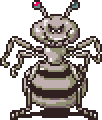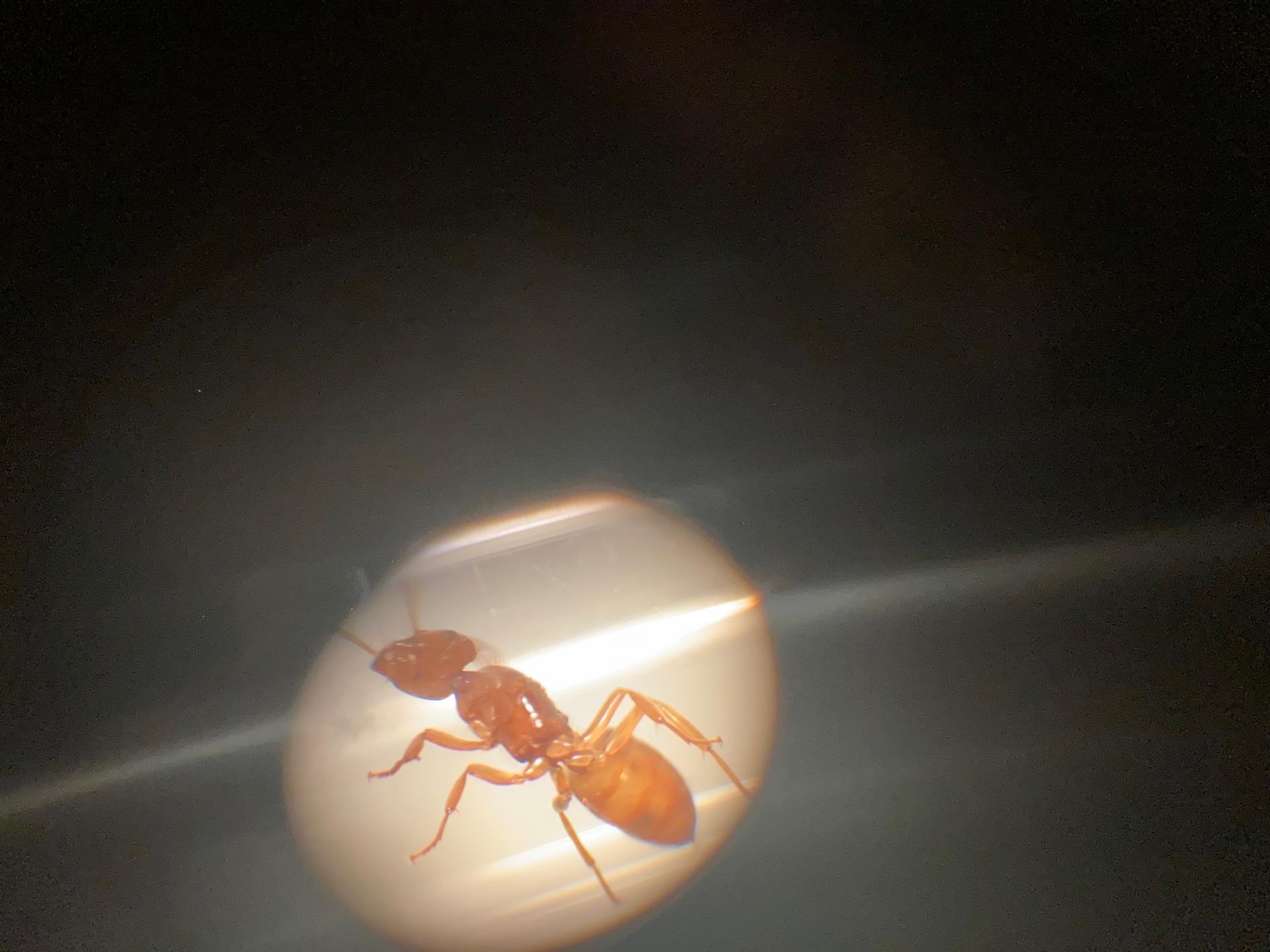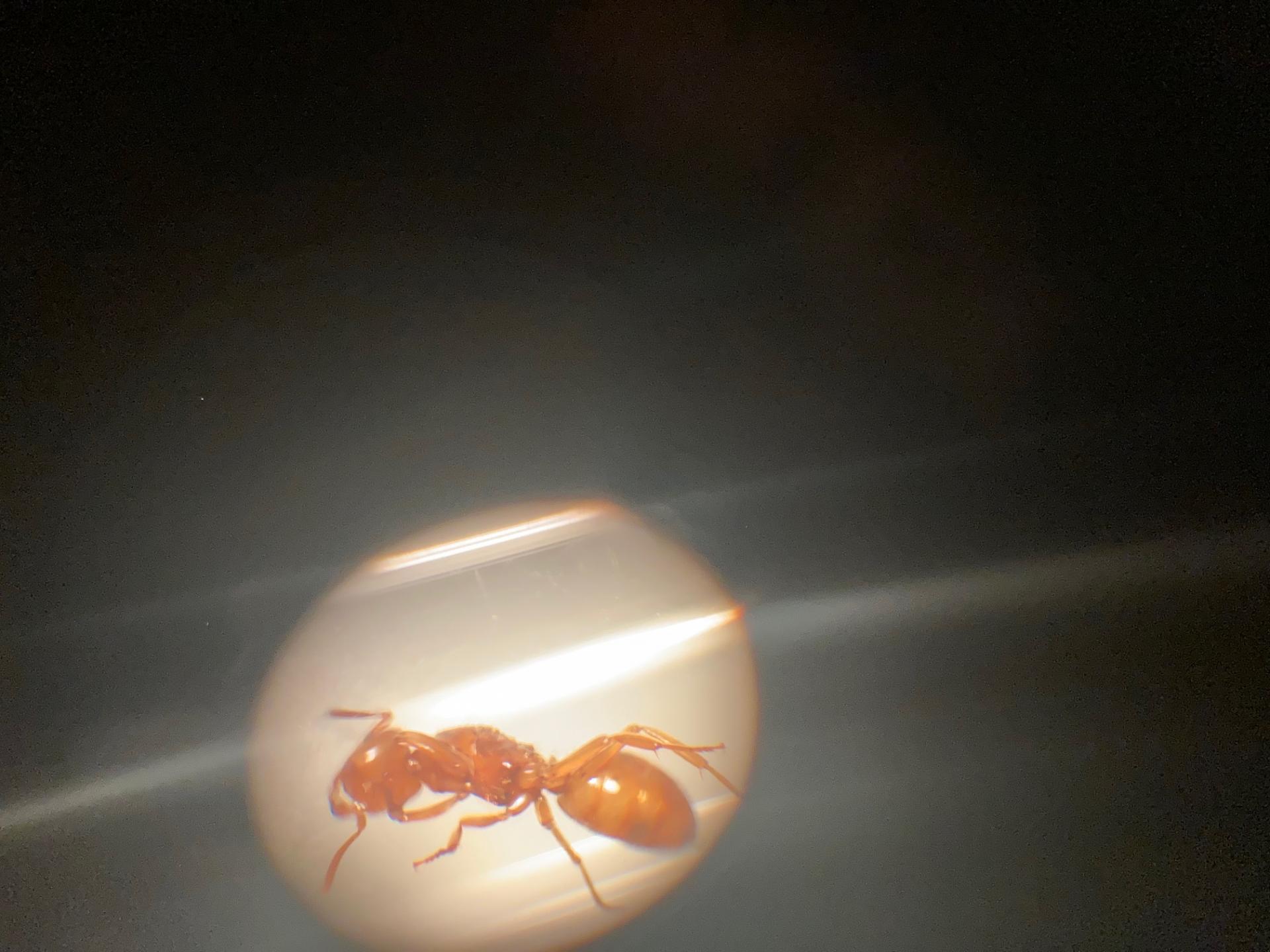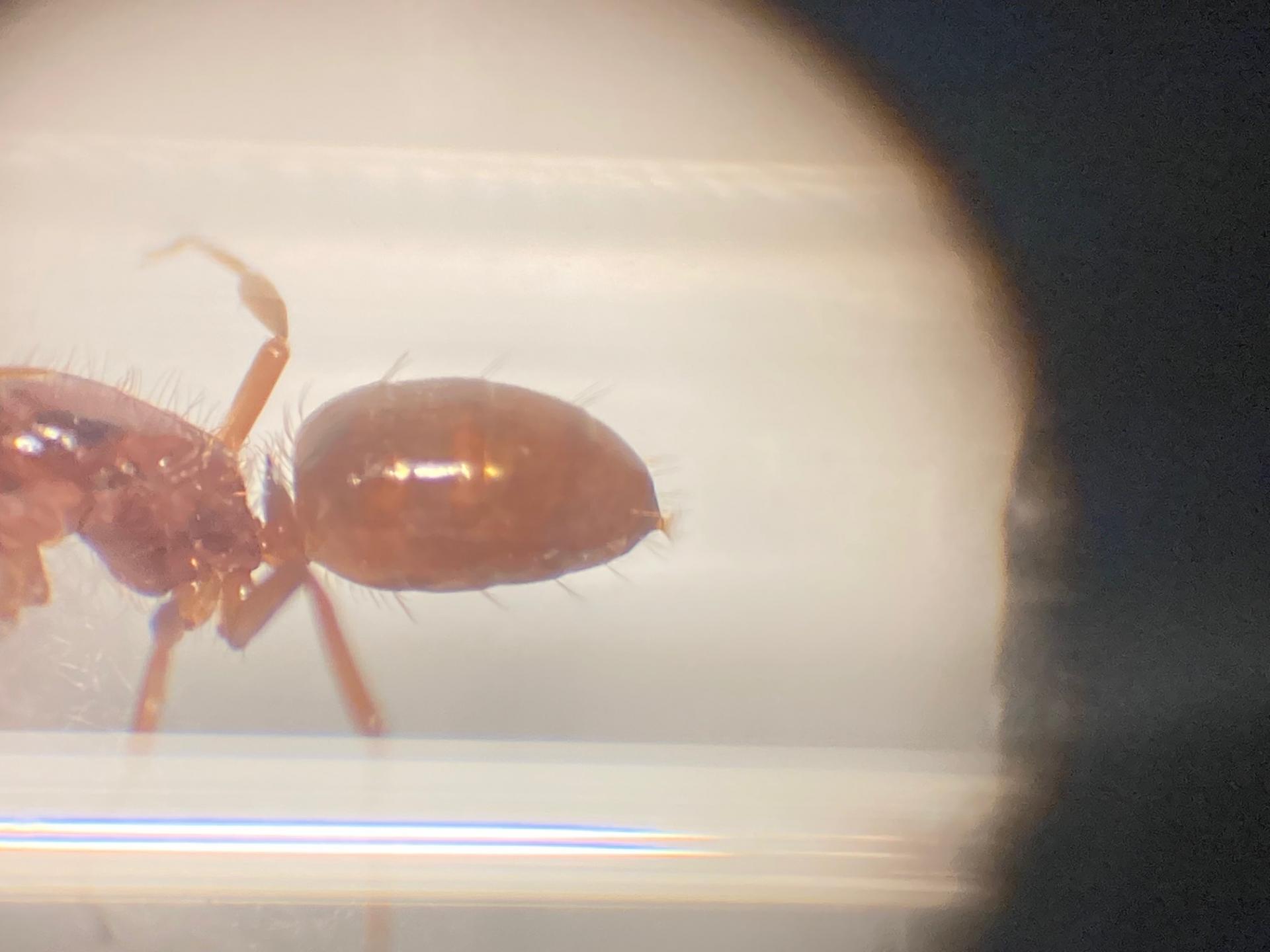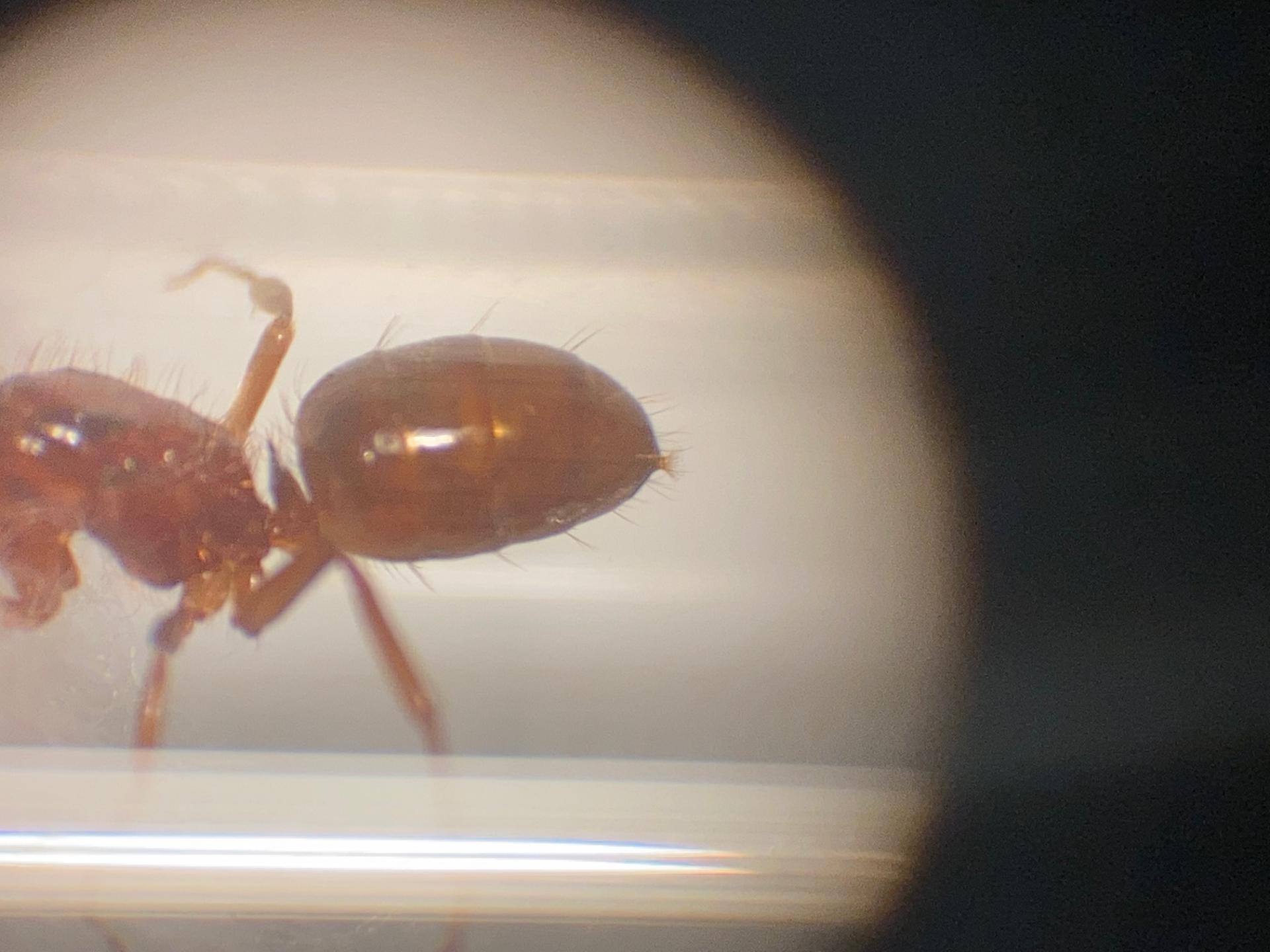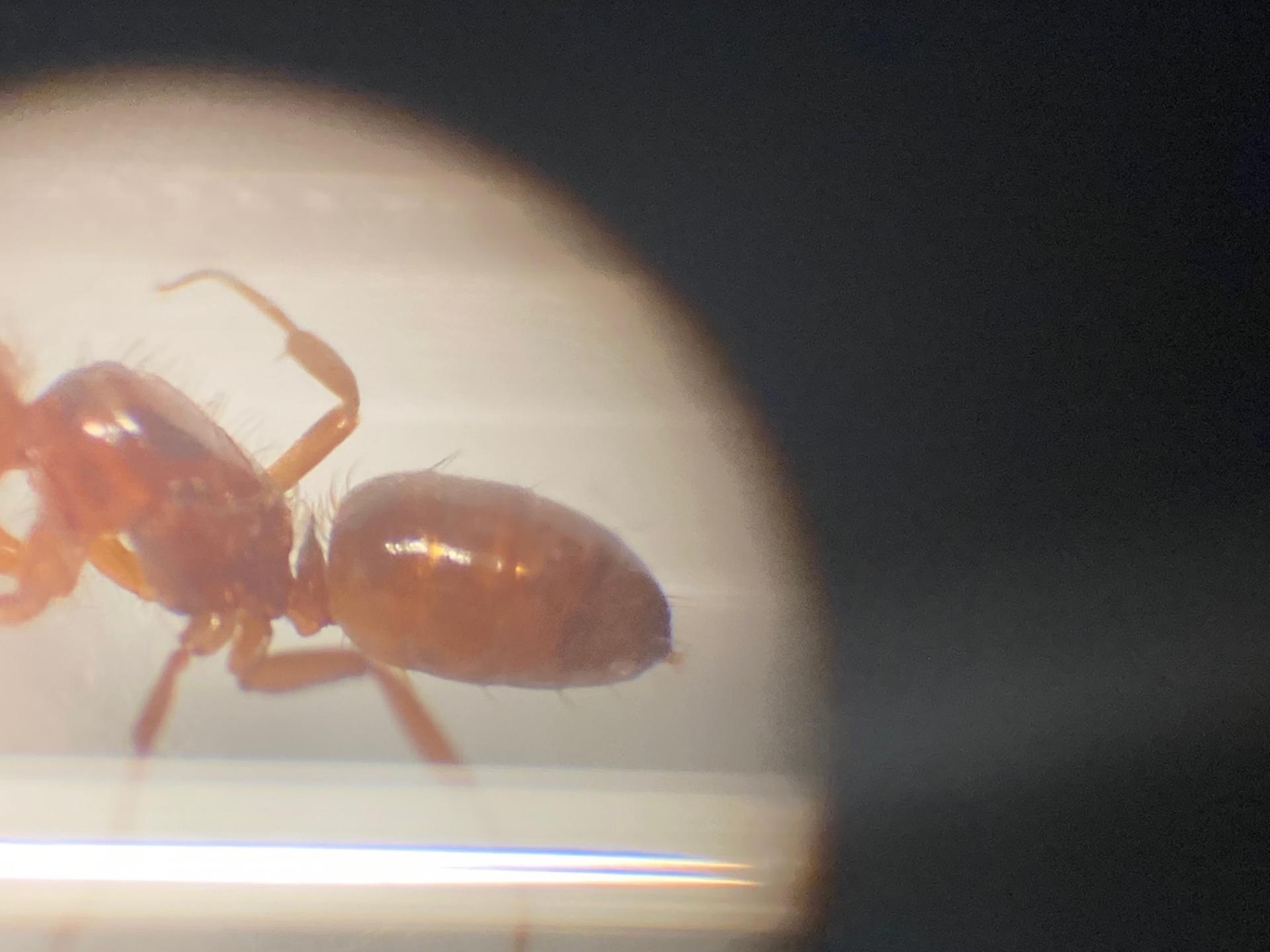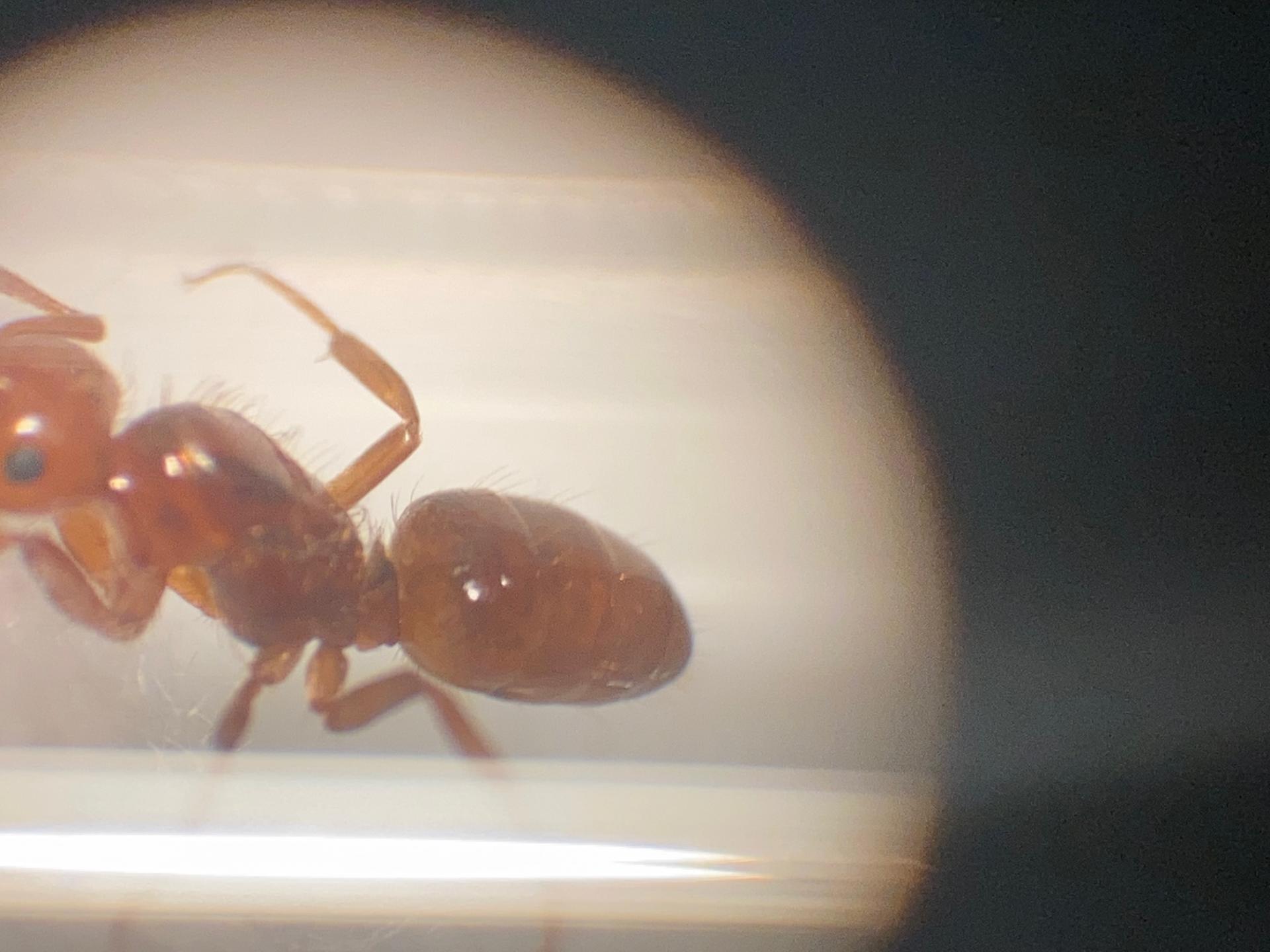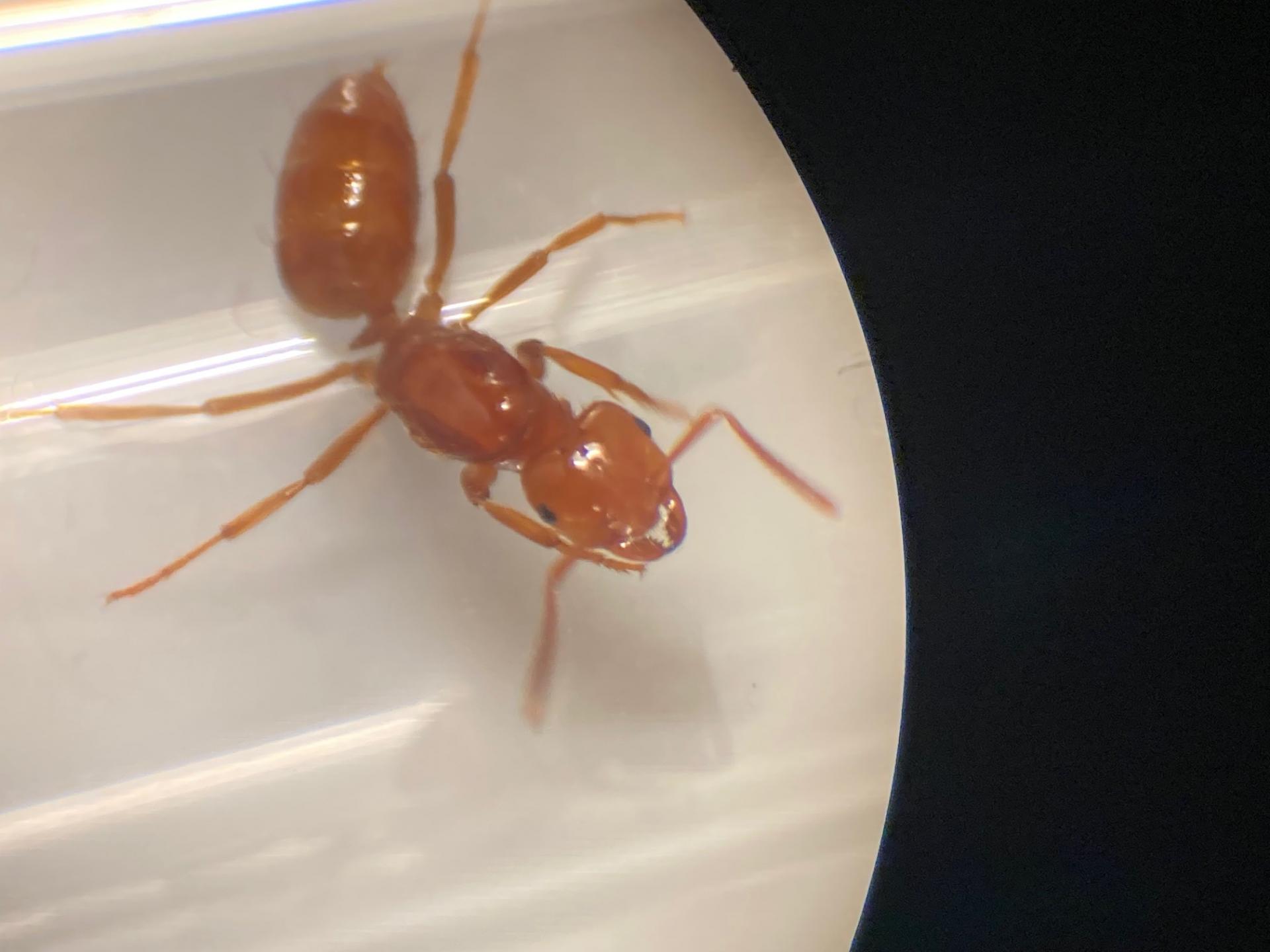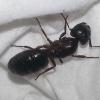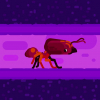I found two (I believe) queen ants roaming around on a trail in Newark, Delaware on 6-13-2021. They are an orangish-reddish color and somewhat hairy. They have a little spine in front of their gasters. They both have ommatidia and (I believe) wing scars.
Could anyone confirm/weigh-in on the following:
1.). Am I correct in saying that these ants have wing scars?
2.) What is the identification (at least the genus) of these ants?
3.) If they are queens, are they fully claustral, partially claustral, or non-claustral?
Sorry for the quality of these photos, they are very quick and hard to focus on when taking photos.
Thank you in advance

